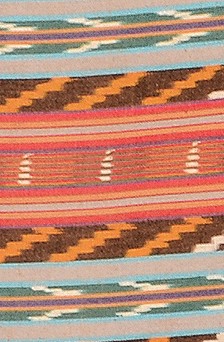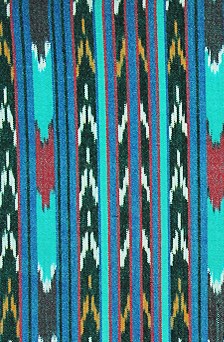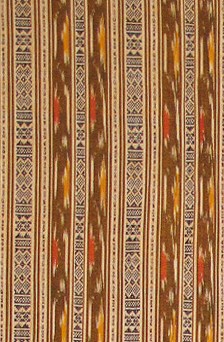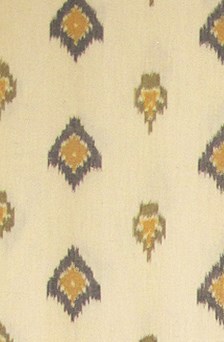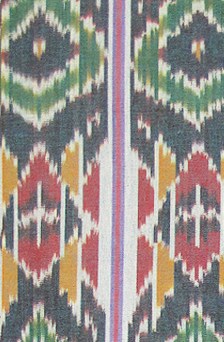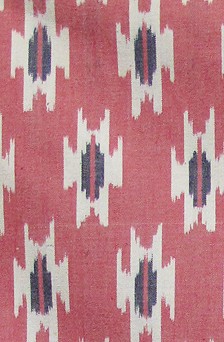For those of you that don’t know, the word “ikat” (pronounced, “ee-kat”) comes from the Indonesian and Malay word “mengikat”, meaning, “to tie”. Specified as a “loom- woven” textile and produced using a similar process to that of tie-dye, Ikat fabrics are made with a resist dying technique. Each thread is dyed separately and then woven into place by hand operated looms.
The three main types of ikats are warp, weft and double.
Warp ikats are created by dying the warp and are the simplest to produce. They are made by tying the material into bundles, be it cotton, silk or wool. They are then covered with a wax and bound together with a dye-resistant material.
In order to make Weft ikats, producers use resist dying to the weft of the fabric where color variance is precise and thus extremely difficult to weave.
Double ikats, which are only produced in Indonesia, India and Japan, go through more of an intricate process. Both warp and weft are tied prior to weaving and require precision dying, making this variant the most expensive of the three.
Due to the fact that woven fabrics do not last more than a few centuries, the origin of the technique used to produce Ikat fabric is untraceable. This unique dying process is native to many cultures and is respectively one of the oldest forms of textile decoration.
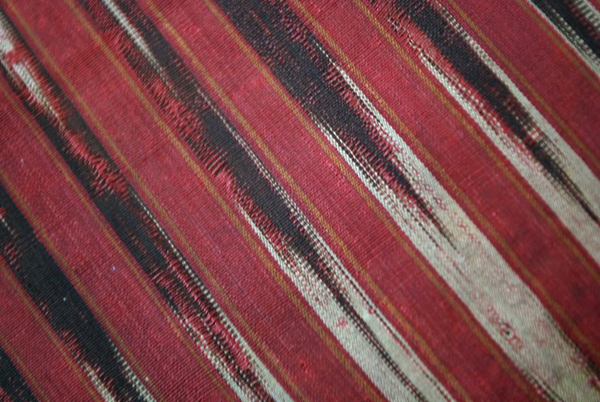
Weft Ikat

Weft Ikat
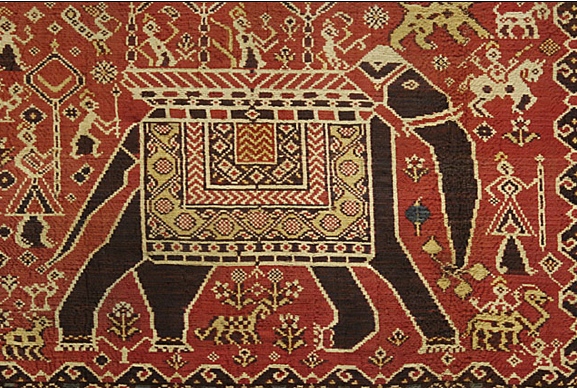
Double Ikat
A way to determine if your ikat is hand woven — you can simply flip the fabric over to view the reverse side. Since the design is woven into the fabric, the dyes should go straight through. No hand woven motif will be exactly the same throughout, making the machine-made ikats with their perfect pattern repeats, easier to spot.
Visit Apliiq.com to view some of our Ikat finds!
Works Cited
1. “Ikat.” Merriam-Webster. Merriam-Webster, n.d. Web. 23 Dec. 2013.
2. Ventura, Carol. “Ikat in Bali, Indonesia.” Ikat in Bali, Indonesia. N.p., n.d. Web. 23 Dec.
3. “Warp-ikat.” Dictionary.com. Dictionary.com, n.d. Web. 23 Dec. 2013.
4. “Weft-ikat.” Dictionary.com. Dictionary.com, n.d. Web. 23 Dec. 2013.


